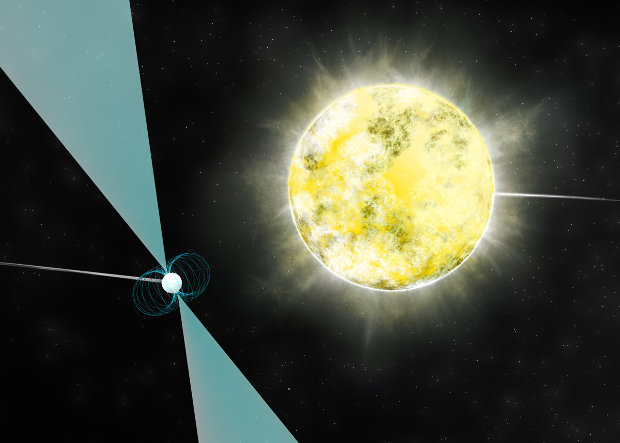
A pulsar that emits the energy of ten million Suns
NASA’s NuSTAR (Nuclear Spectroscopic Telescope Array) Space Telescope allowed to discover a pulsar with a brightness never seen before. In an article published in the journal “Nature”, the international team led by Matteo Bachetti, who now works at INAF’s Astronomical Observatory of Cagliari and at the time at the Institut de Recherche en Astrophysique et Planetologie in Toulouse, France, illustrates the research that led to the discovery of this pulsar that emits energy ten million times that of the Sun.





